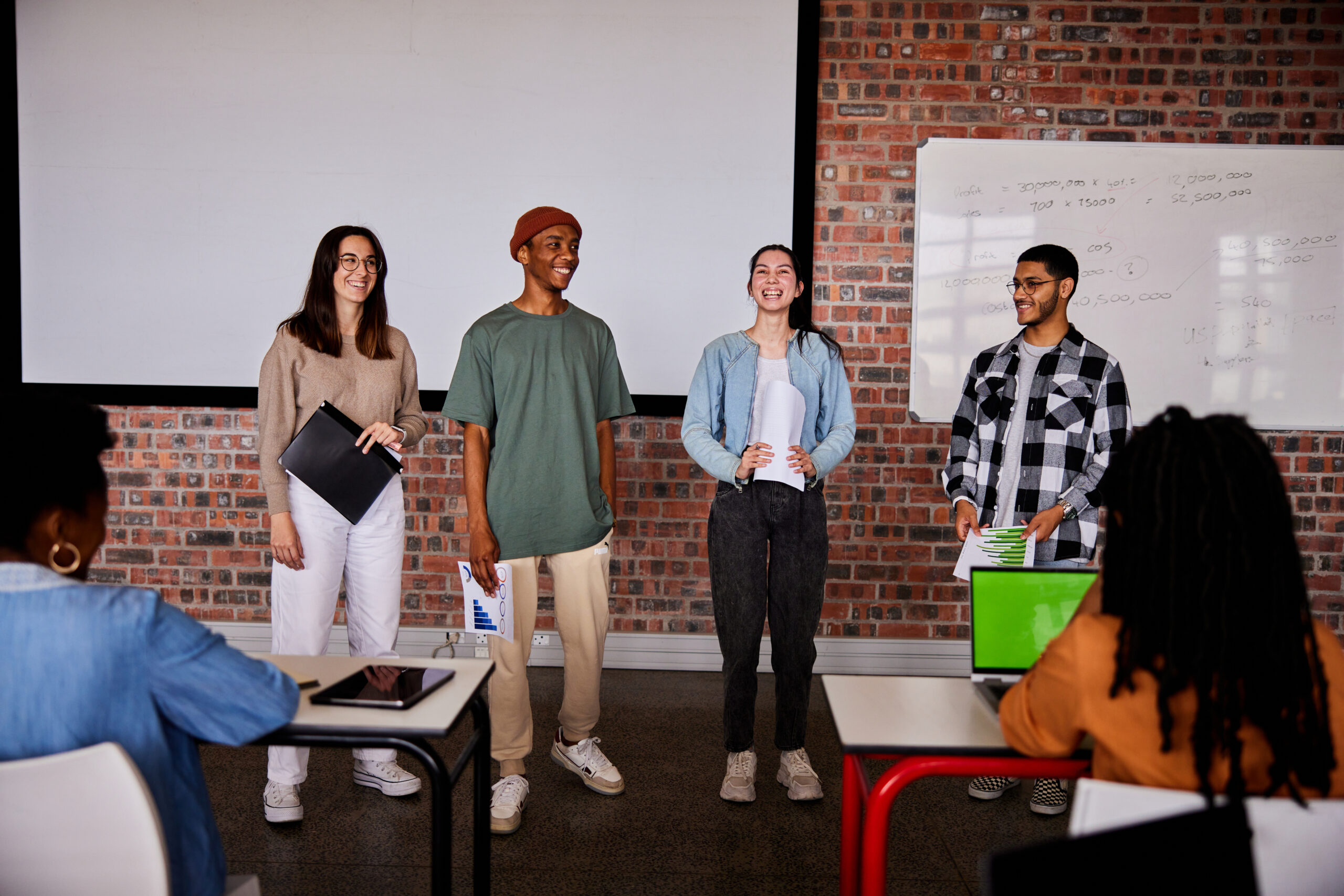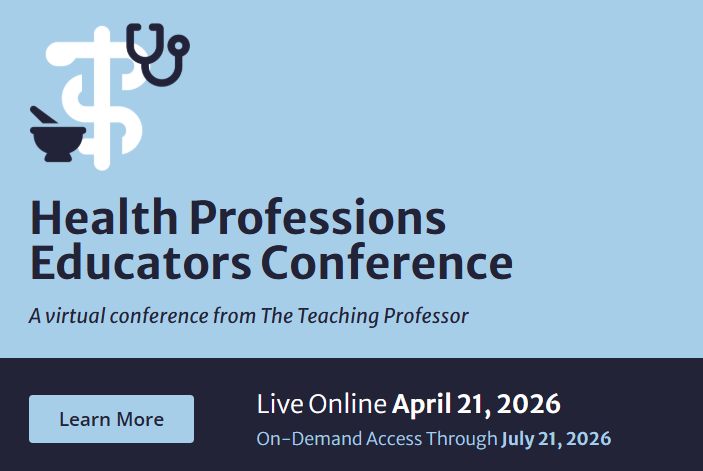Halfway through the semester, it’s not uncommon to notice a shift in your students’ energy levels (Baghurst and Kelley, 2013; Kumari et al., 2021). The initial enthusiasm for learning a foreign language may wane as other courses with demanding assignments compete for their attention. Some students prioritize subjects they perceive as more directly tied to their major or career, while others simply feel the weight of mid-semester exhaustion. In the spring, the long winter months can add to this fatigue, making it even harder to keep students engaged (Rohan and Sigmon, 2000).
This is the moment when a language instructor must pivot, shifting the classroom dynamic to reignite curiosity and motivation. Although instructors strive to incorporate activities that cater to the five preferred learning styles (Felder and Henriques, 1995)—visual (learning through images and spatial understanding), auditory (learning through listening and discussion), reading/writing (learning through text-based interaction), kinesthetic (learning through movement and hands-on activities), and multimodal (a combination of multiple styles)—it is beneficial to intersperse these well-structured, and, after a while, predictable classes with activities that break the mold. Introducing something unexpected and different from the established classroom dynamics can reenergize students, foster creativity, and enhance their enthusiasm for learning.
Music, in particular, has long been an ally of instructors teaching a second language (L2)—a language learned after one’s native tongue—especially since the field transitioned toward a more communicative approach. Rooted in interaction and real-world application, the communicative approach prioritizes meaningful engagement over rote memorization, helping students develop fluency in natural, immersive ways. Research has consistently highlighted the benefits of music in L2 acquisition, from improving pronunciation and listening skills to enhancing vocabulary retention and cultural understanding (Degrave, 2019; Kumar et al. 2022; Nuessel and Marshall, 2008; Vidal and Nordgren, 2024).
Building on this tradition, the activity we will share here not only incorporates music but also integrates artificial intelligence, adding a new layer of engagement and critical thinking. By using AI as a tool in the learning process, students not only familiarize themselves with its capabilities but also develop the ability to critically evaluate the content it generates. This approach encourages them to reflect on language, meaning, and interpretation while engaging in text analysis, creative writing, public speaking, and gamification—all within an interactive, culturally rich framework.
Activity Description: Musical Challenge with ChatGPT: “Sing and Discover”
Objective:
Students will improve their listening comprehension and written production in Spanish by analyzing and recreating song lyrics with the help of ChatGPT. While the instructions are presented here in English, the activity should be conducted in the target language—whether Spanish or another language being taught.
Instructions:
1. Listen and Decode
- Divide the class into groups of 2-3 students.
- Choose a song in Spanish (e.g., La Llorona by Chavela Vargas, Oye Cómo Va by Tito Puente, Vivir Mi Vida by Marc Anthony).
- Provide each group with an incomplete version of the lyrics with missing words.
- Students listen to the song and fill in the blanks.
2. Interpret and Discuss
- Within their groups, students analyze the song’s meaning.
- They discuss what they think the lyrics convey, including emotions, themes, and any cultural references they recognize.
- Each group shares their interpretation with the class.
- What do you think the song is trying to communicate?
- Which emotions or feelings do the lyrics evoke for you?
- Can you identify any cultural references in the song? How do they shape its meaning?
- How does the music (melody, rhythm, etc.) influence your interpretation of the lyrics?
- Each group shares their interpretation with the class.
3. Compare with ChatGPT
- After forming their own analysis, students ask ChatGPT:
- What do you think the song is trying to communicate?
- Which emotions or feelings do the lyrics evoke for you?
- They compare ChatGPT’s interpretation with their own ideas and discuss similarities or differences.
4. Create Your Own Verse
- Each group writes a new verse that matches the song’s style and rhythm.
- They may ask ChatGPT for assistance: “Help us write a new verse for this song in the same style.”
5. Perform and Sing
- Each group presents their new verse to the class.
- If they feel comfortable, they can sing it using the original melody.
- It is beneficial for the professor to have a karaoke (instrumental) version of the song available so that students’ lyrics can be heard clearly.
- Displaying the new lyrics on a monitor or projector allows other students to follow along and sing together, enhancing the collective experience.
6. Election – The Grammy Goes To
Students vote for different categories, including:
- Best Adaptation
- Best Reflection
- Best Performance
- Best Attitude
- Best Collaboration
7. Final Reflection
- What was the most challenging part of understanding the lyrics?
- How did ChatGPT help interpret the song?
- What new words or expressions did you learn?
Final Thoughts: Music, AI, and Critical Thinking
A Musical Challenge with ChatGPT: “Sing and Discover” (Desafío Musical con ChatGPT: “Cantar y Descubrir”) is an activity I’ve found to be especially effective in my intermediate and advanced courses. I use it when students are feeling overwhelmed or distracted, often around midterms, as a way to help them relax and reconnect with the material. It serves as a refreshing break, allowing students to step away from the stress of assignments and refocus in a fun, interactive way. By incorporating music, creativity, and technology, we keep students present in the class, even when everything else seems to demand their attention.
Beyond offering a well-deserved pause, this activity sparks engaging discussions around language interpretation, cultural context, and the role of AI in education. As students compare their own interpretations of song lyrics with those generated by ChatGPT, they begin to recognize both the value and limitations of AI. These insights foster critical thinking, helping them to develop a more mature approach to technology and its impact on their learning.
Adding the karaoke element further enhances the experience, giving students a chance to perform their new verses and have fun while practicing their language skills. Displaying the lyrics on a screen makes the activity more inclusive, allowing everyone to follow along. To make it even more enjoyable, selecting songs that resonate with students’ tastes—whether it’s a classic like La Llorona or a contemporary hit from artists like Bad Bunny, Selena, Daddy Yankee, or Karol G—makes the activity feel more personal and engaging.
This activity isn’t just limited to the classroom. It’s a great addition to Spanish Clubs or special events, where students can bond over a shared love of music while practicing their language skills. After all, who doesn’t enjoy a good parody of their favorite song?
By blending language learning with music and technology, Desafío Musical con ChatGPT creates a dynamic, interactive environment that reinvigorates students and deepens their connection to both the language and the evolving role of AI. It turns moments of exhaustion into opportunities for creativity, cultural exploration, and renewed enthusiasm for learning.
Angela Rodriguez Mooney, PhD, is an assistant professor of Spanish and the Texas Women’s University.
References
Baghurst, Timothy, and Betty C. Kelley. “An examination of stress in college students over the course of a semester.” Health promotion practice 15, no. 3 (2014): 438-447.
Degrave, Pauline. “Music in the foreign language classroom: How and why.” Journal of language teaching and research 10, no. 3 (2019): 412-420.
Felder, Richard M., and Eunice R. Henriques. “Learning and teaching styles in foreign and second language education.” Foreign language annals 28, no. 1 (1995): 21-31.
Nuessel, Frank, and April D. Marshall. “Practices and principles for engaging the three communicative modes in Spanish through songs and music.” Hispania (2008): 139-146.
Kumar, Tribhuwan, Shamim Akhter, Mehrunnisa M. Yunus, and Atefeh Shamsy. “Use of music and songs as pedagogical tools in teaching english as foreign language contexts.” Education Research International 2022, no. 1 (2022): 1-9






